This will be the first of many DIY posts. I have done several projects and will get them up as time permits
This first project is for all of the CFL guys out there. The first question those that know me will ask, "Steve, you're a LED guy, what's up with a CFL type fixture?"
Well, I didn't say I was going to use CFLs, buit this may be a good fixture for those that are. I have other plans for this baby, you'll have to follow my grow 5.1 journal to see (but it won't be revealed until harvest).
I started out thinking of different ways to mount lights, cheap and easy. First thing I thought of was this, a 4 fixture vanity light.
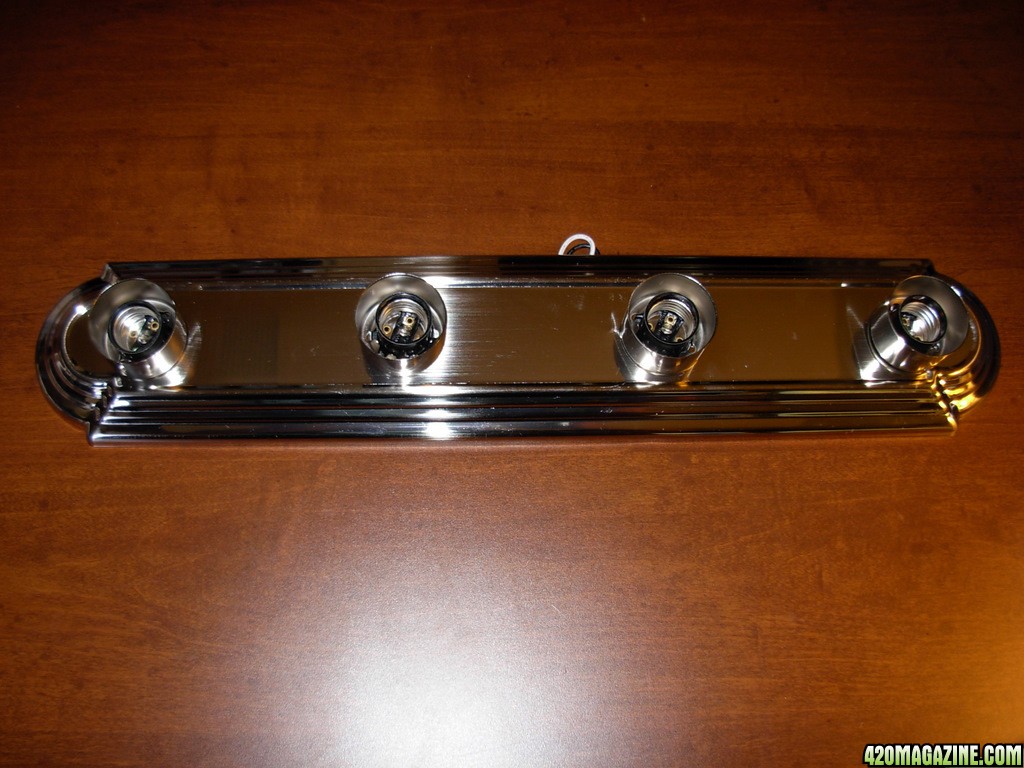
I could have been done at that, just wire up a cord and off you go. But this was only adequate. It didn't allow me to do what I wanted to do. I want to be able to adjust angles of lights, configure it how ever I wanted etc...
So I disassembled the fixture and removed the 4 light sockets. My first thought was to mount them into a board, but that still wasn't modular or adjustable:
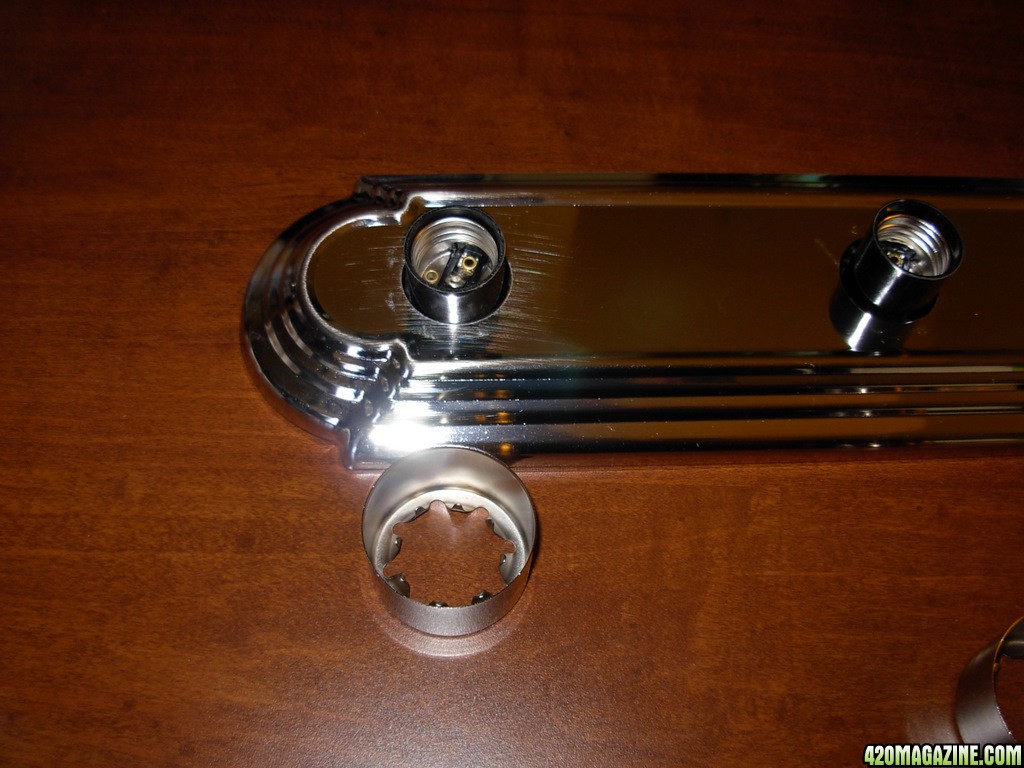
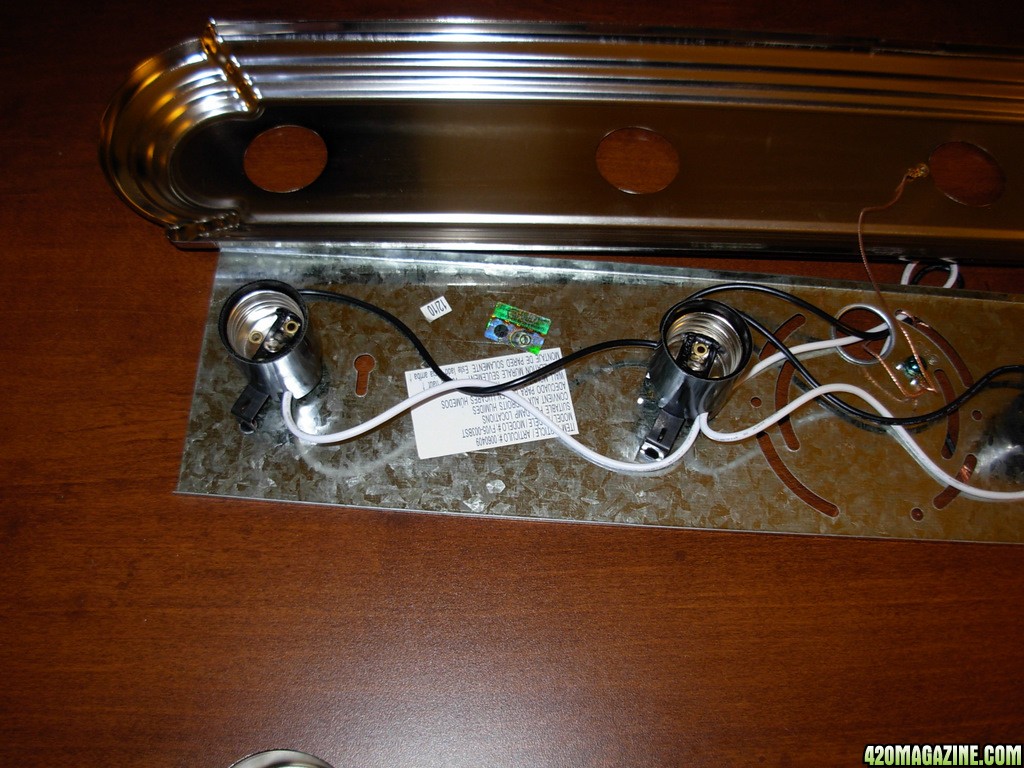
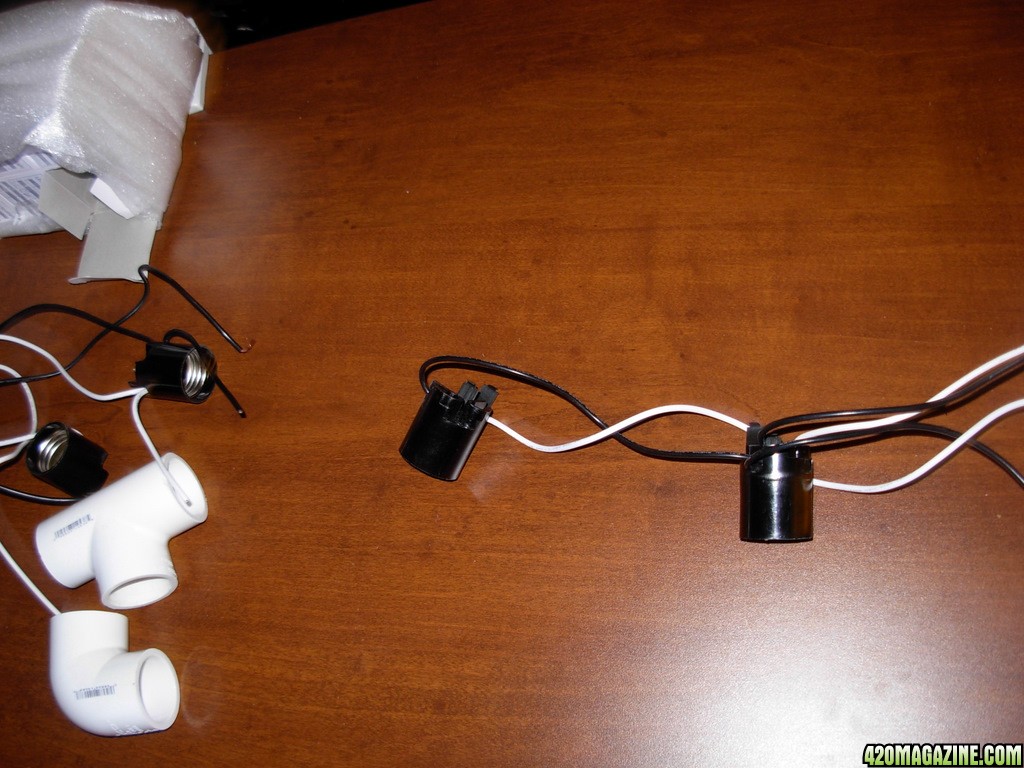
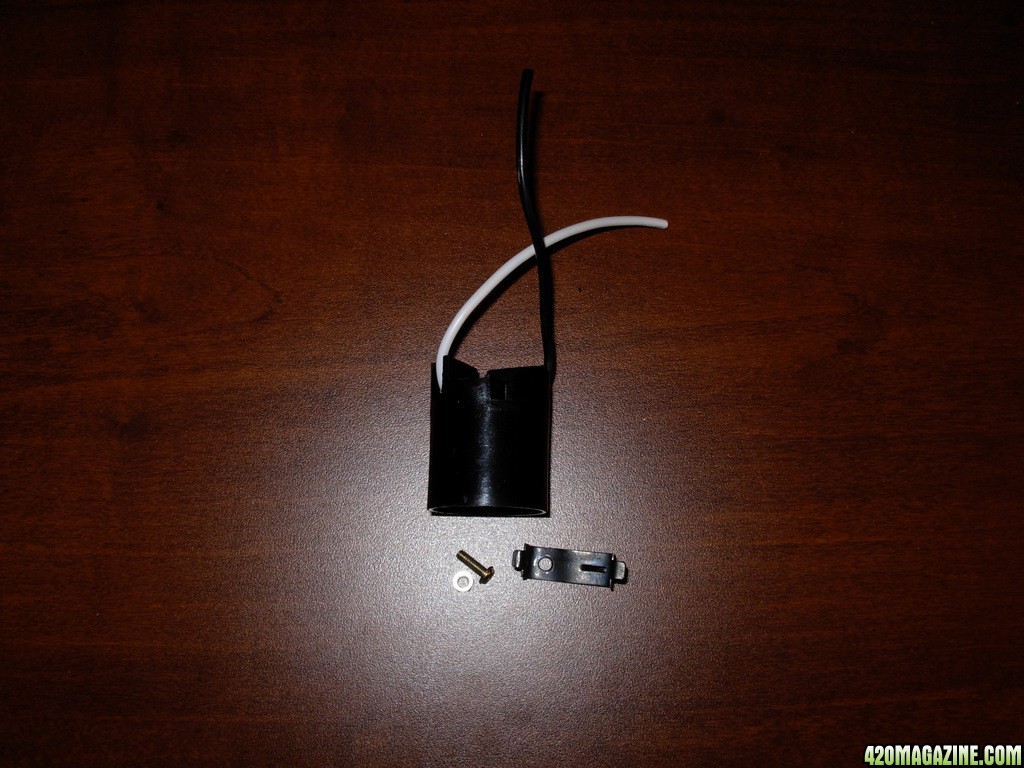
So I started thinking, and one of my favorite DIY materials came to mind. PVC! It turns out, the light socket is a perfect fit inside a 1 inch "T"
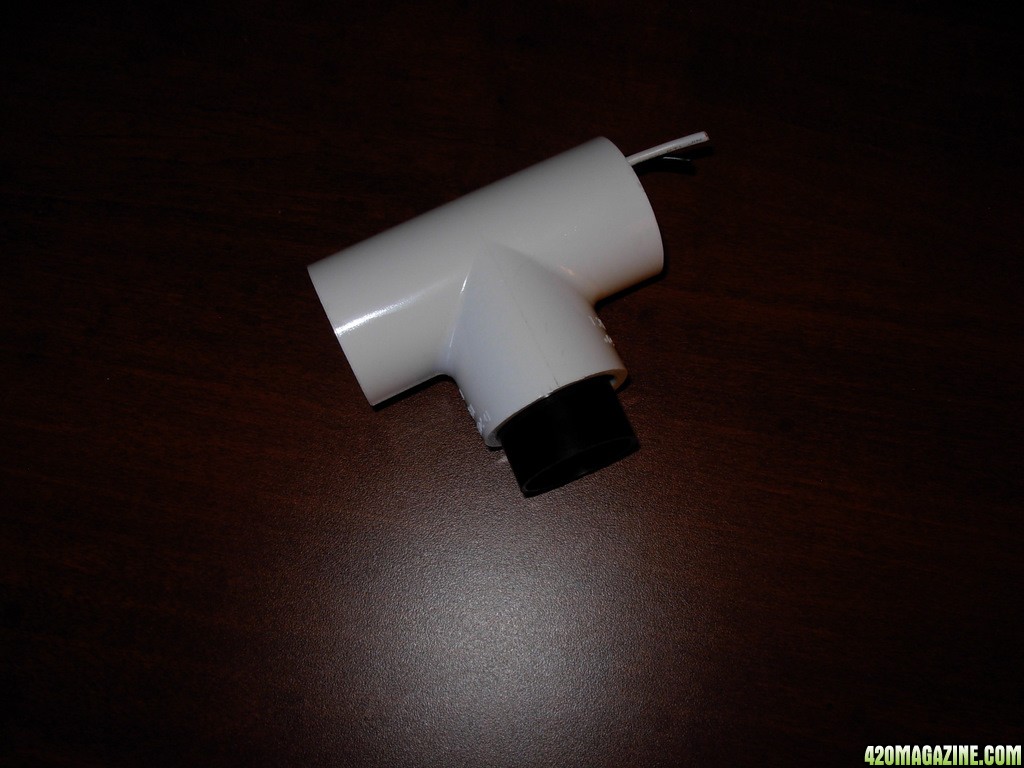
So, with a handful of wire nuts, PVC pipe and "T's" and elbows you can build almost any shape. Here's an example:
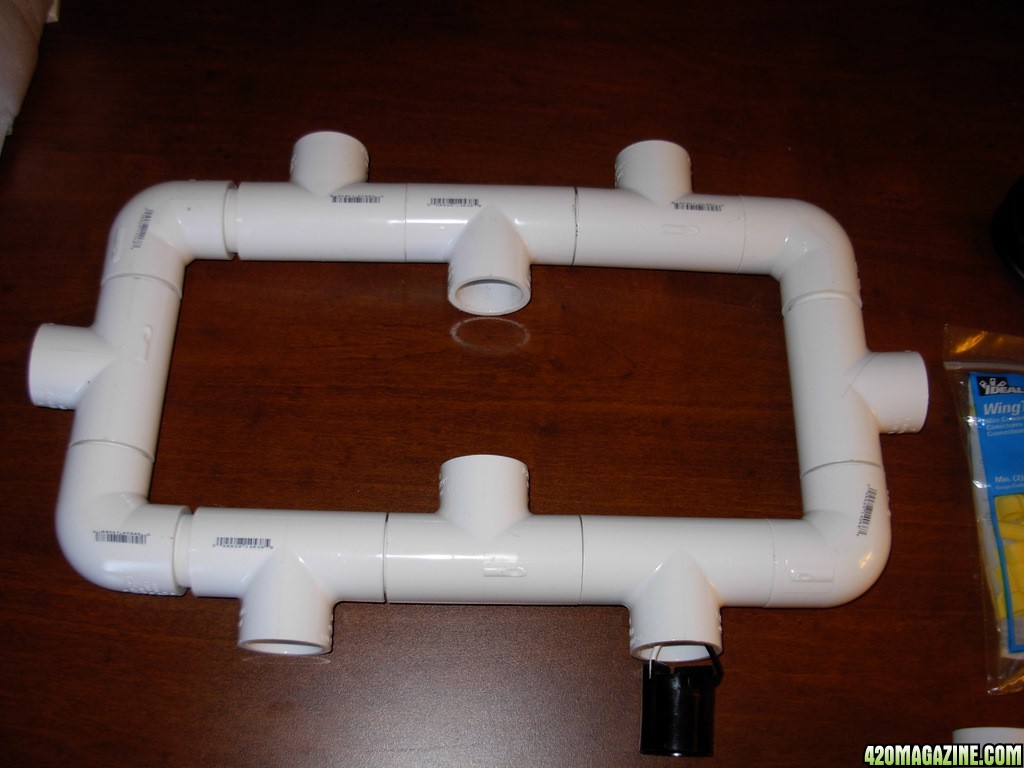
And if you just slip-fit them together (using just friction, no glue) you can rotate, reconfigure and add on to them if you need to.
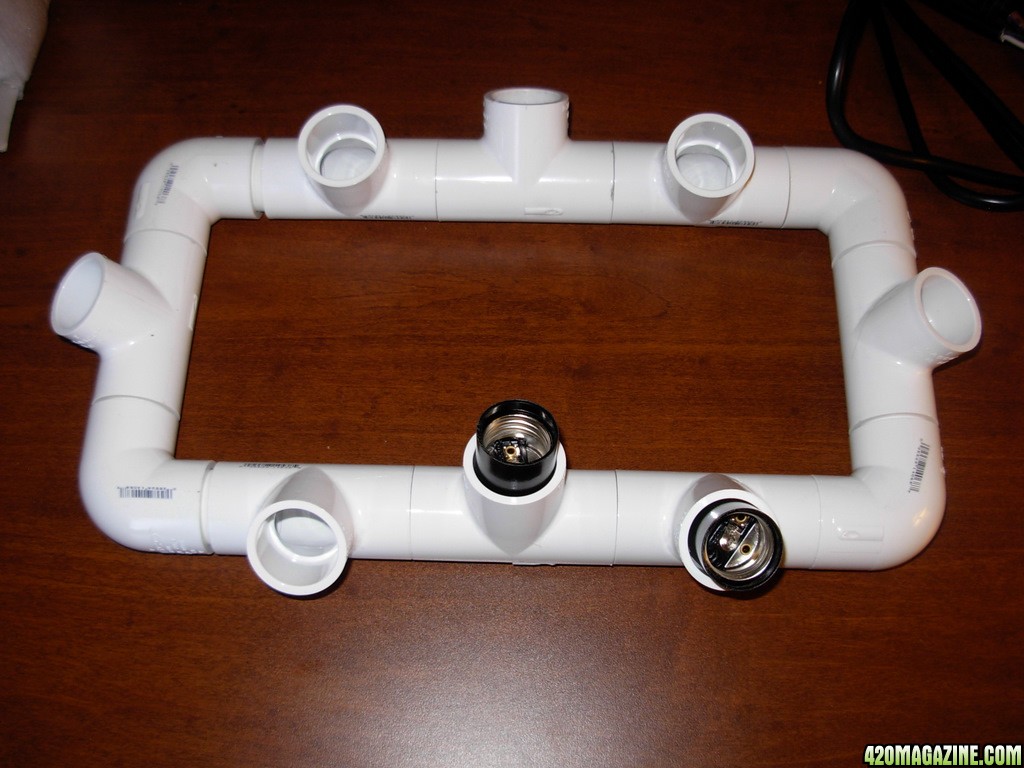
I'll post a completed pic once mine is done. As far as a reflector is concerned, my application won't need one. But if someone wants to build one that would work it should be easy.
This first project is for all of the CFL guys out there. The first question those that know me will ask, "Steve, you're a LED guy, what's up with a CFL type fixture?"
Well, I didn't say I was going to use CFLs, buit this may be a good fixture for those that are. I have other plans for this baby, you'll have to follow my grow 5.1 journal to see (but it won't be revealed until harvest).
I started out thinking of different ways to mount lights, cheap and easy. First thing I thought of was this, a 4 fixture vanity light.
I could have been done at that, just wire up a cord and off you go. But this was only adequate. It didn't allow me to do what I wanted to do. I want to be able to adjust angles of lights, configure it how ever I wanted etc...
So I disassembled the fixture and removed the 4 light sockets. My first thought was to mount them into a board, but that still wasn't modular or adjustable:
So I started thinking, and one of my favorite DIY materials came to mind. PVC! It turns out, the light socket is a perfect fit inside a 1 inch "T"
So, with a handful of wire nuts, PVC pipe and "T's" and elbows you can build almost any shape. Here's an example:
And if you just slip-fit them together (using just friction, no glue) you can rotate, reconfigure and add on to them if you need to.
I'll post a completed pic once mine is done. As far as a reflector is concerned, my application won't need one. But if someone wants to build one that would work it should be easy.










